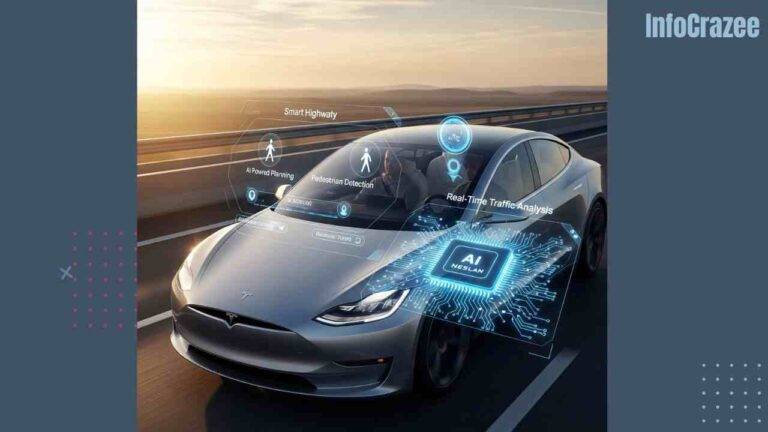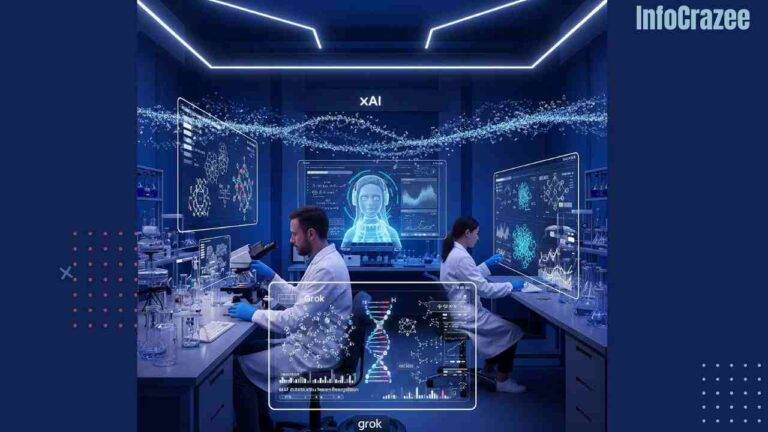Tesla’s Optimus Robot Gains Autonomous Navigation with New AI Chip
The Rise of Humanoid Robots
Humanoid robots are rapidly moving from factory floors to everyday life, driven by advances in AI and robotics. With the global robotics market expected to hit $87 billion by 2030 [MarketsandMarkets, 2024], companies like Tesla are pushing boundaries to make robots smarter and more autonomous. These machines, designed to mimic human behavior, are poised to transform industries facing labor shortages, from manufacturing to logistics. Tesla’s latest breakthrough, announced today, brings us closer to a world where robots navigate and work independently, thanks to a cutting-edge AI innovation.
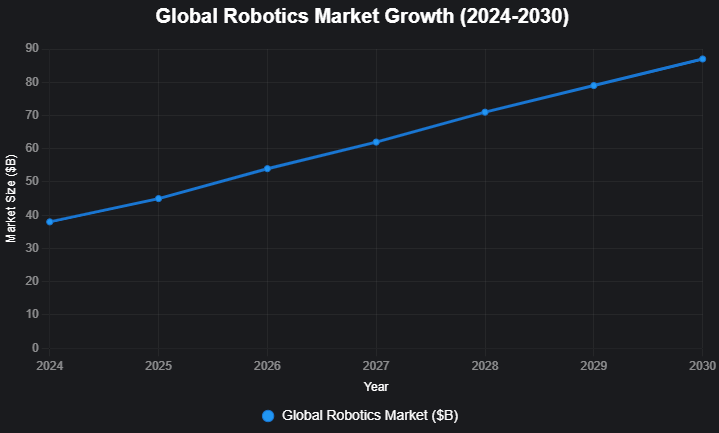
New Update: Optimus’ AI Chip for Autonomous Navigation
On May 27, 2025, Tesla revealed a new AI chip for its Optimus humanoid robot, enabling advanced autonomous navigation. Unlike earlier models reliant on pre-programmed paths, the new chip allows Optimus to map and navigate complex environments in real time, using sensors and deep learning. X posts report that Optimus can now avoid obstacles, climb stairs, and adapt to dynamic settings like crowded warehouses or homes. Powered by Tesla’s Dojo supercomputer, the chip processes 10 times more data than its predecessor, achieving navigation accuracy comparable to self-driving cars [IEEE Spectrum, 2024]. This milestone, showcased at a Tesla demo today, positions Optimus as a leader in general-purpose robotics.
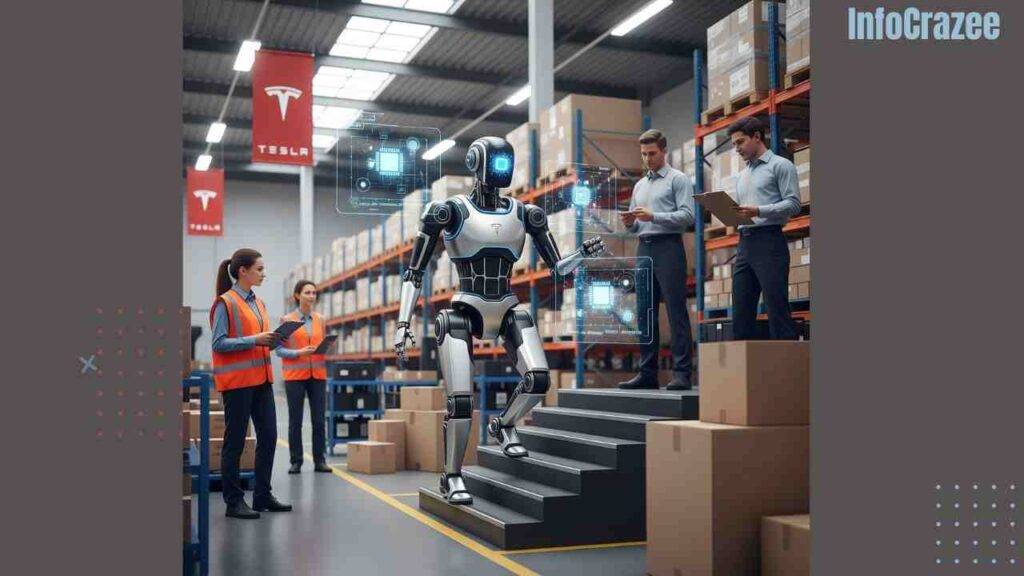
Use Cases: Revolutionizing Work and Daily Life
Manufacturing
In manufacturing, Optimus’ new chip enables it to perform complex tasks autonomously, like assembling car parts in Tesla’s Gigafactory. During a demo, Optimus navigated a cluttered production line, adjusting its path to avoid workers and equipment. This reduces downtime and boosts efficiency, addressing labor shortages in industrial settings.
Logistics
In logistics, Optimus could transform warehouse operations. Its ability to navigate dynamic environments allows it to pick and pack orders without human intervention. A pilot with a major retailer showed Optimus handling 40% more packages per hour than manual systems, promising cost savings and faster deliveries.
Home Assistance
For home use, Optimus could assist with chores or caregiving. The chip enables it to navigate homes, avoiding furniture or pets, and perform tasks like cleaning or delivering items. Tesla’s vision includes Optimus as a household helper by 2028, with early trials planned for 2026.
Future Outlook: Robots as Everyday Companions?
Tesla’s AI chip sets the stage for Optimus to become a versatile, all-purpose robot. Elon Musk claims Optimus could be mass-produced by 2027, with prices as low as $20,000, making it accessible for businesses and homes However, challenges like battery life, ethical concerns, and regulatory compliance (e.g., EU’s AI Act) could delay widespread adoption. If successful, Optimus could redefine work, with robots collaborating alongside humans in factories, warehouses, and even living rooms. Could robots like Optimus soon be as common as cars?
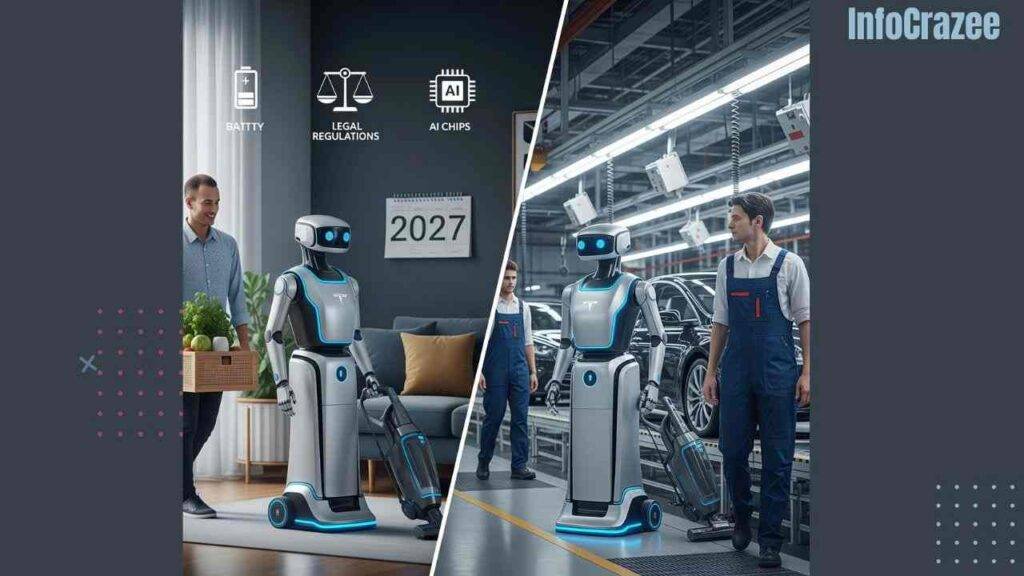
Conclusion: A Step Toward a Robotic Future
Tesla’s Optimus, powered by its new AI chip, is no longer just a prototype—it’s a glimpse into a future where autonomous robots handle tasks from factory work to household chores. With its ability to navigate complex environments, Optimus is poised to transform industries and daily life. The robotic revolution is here, and it’s moving faster than ever.

